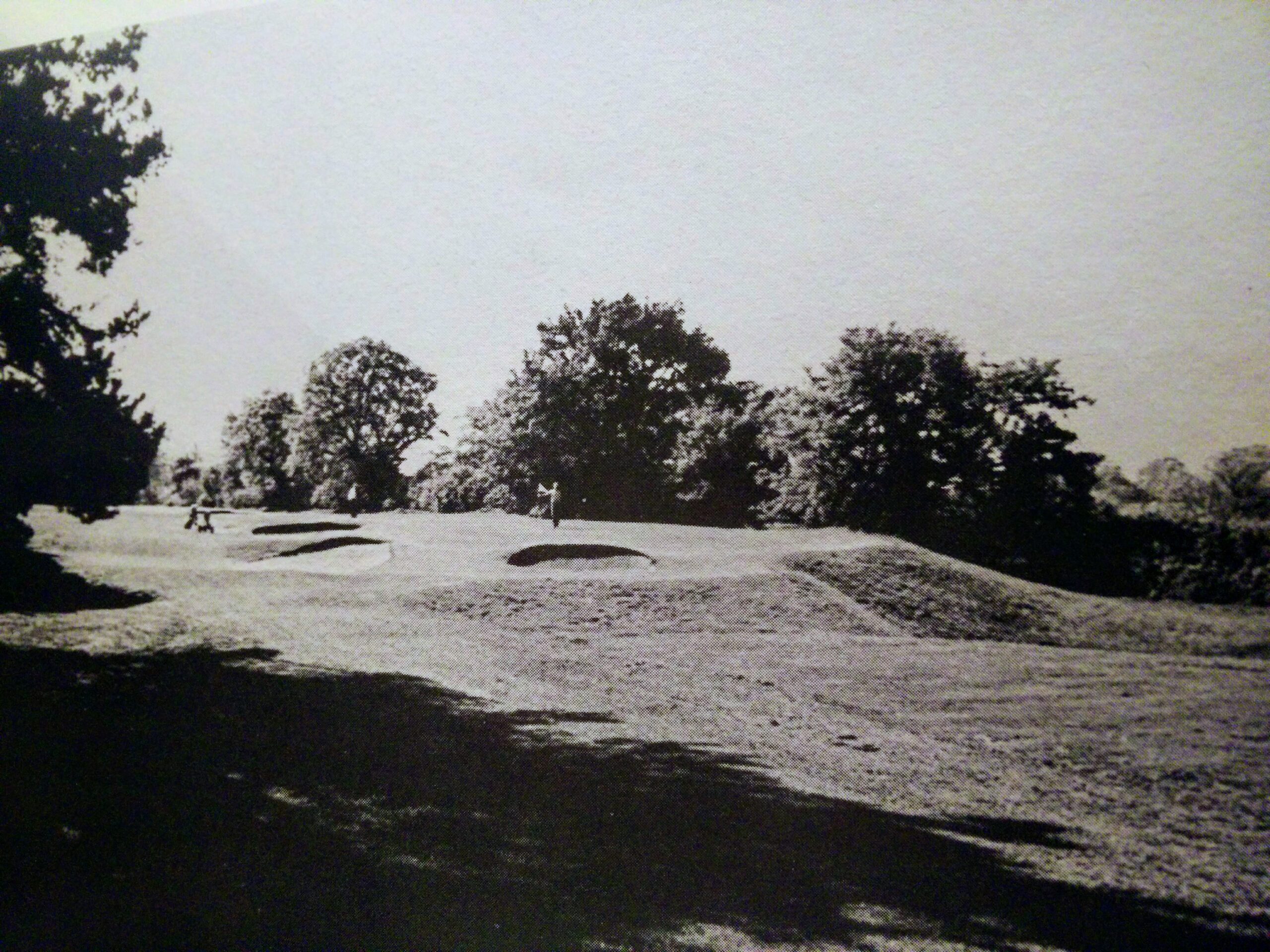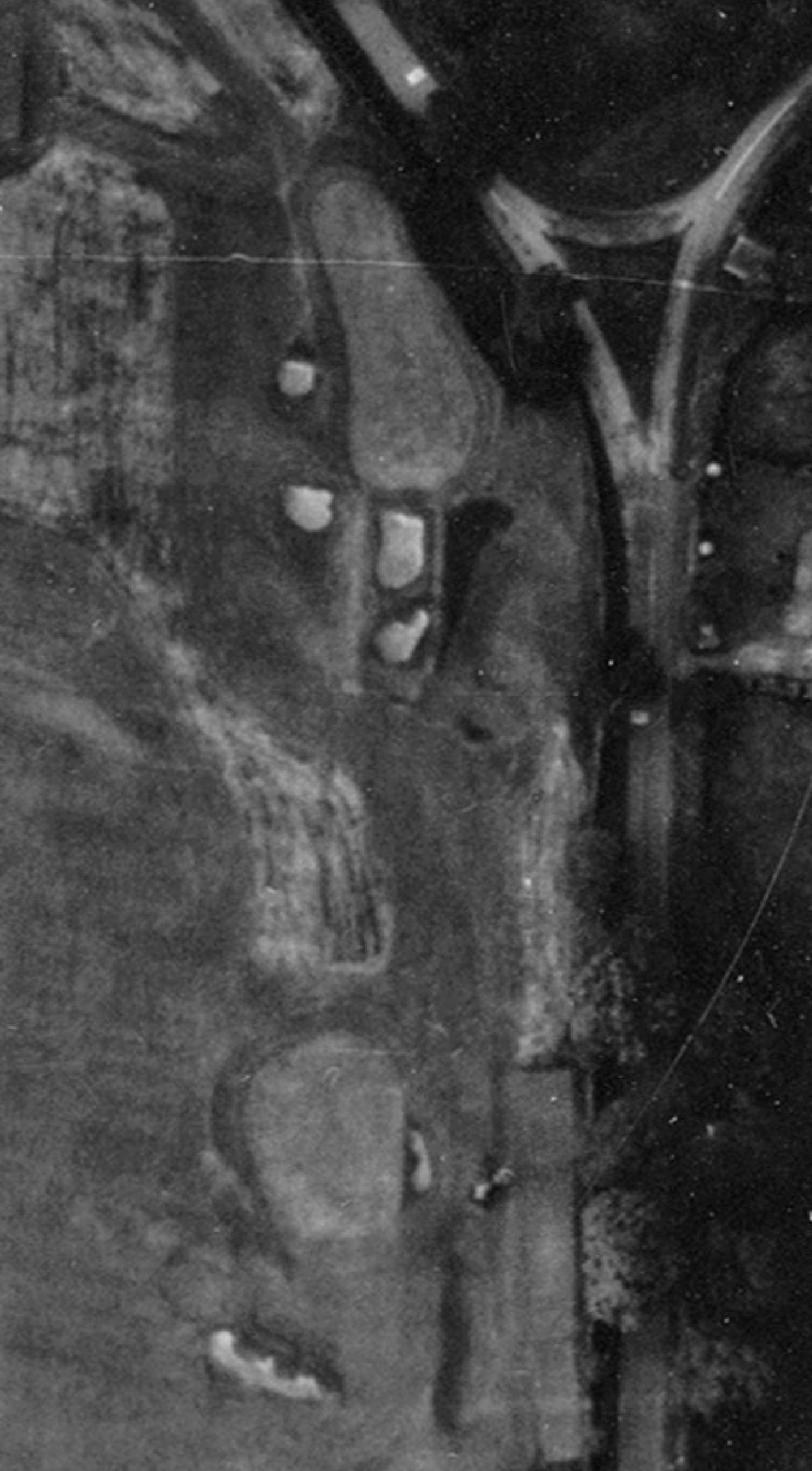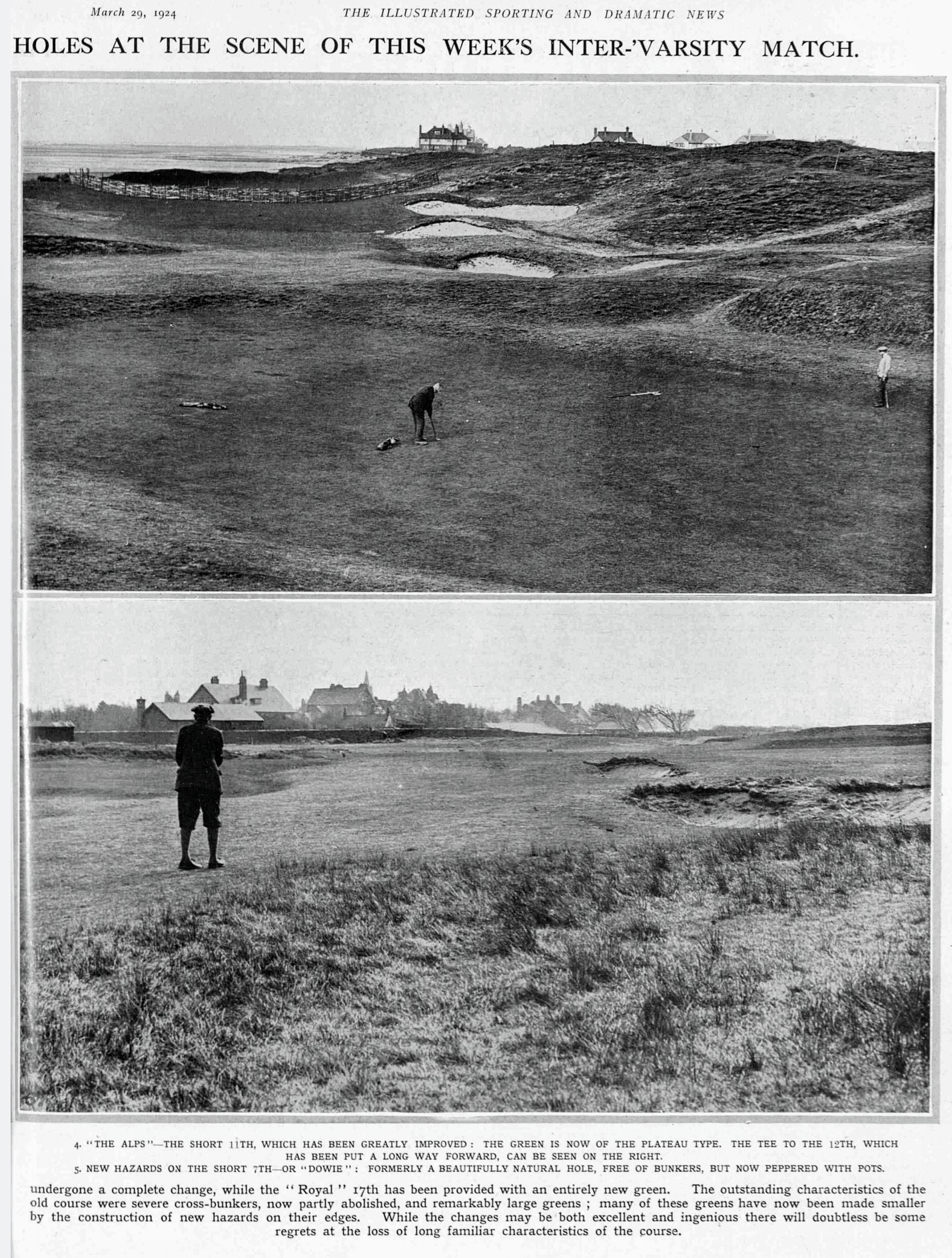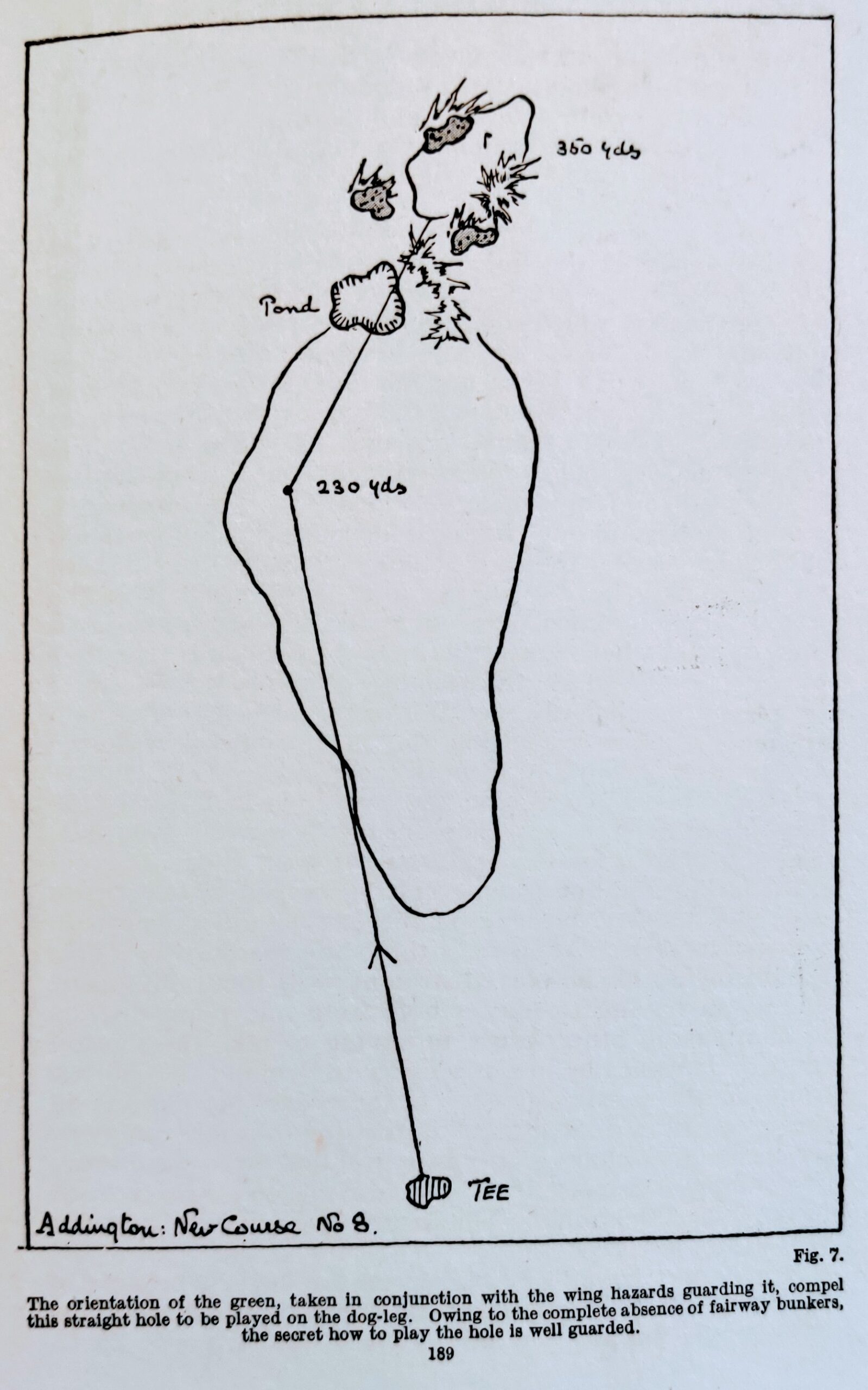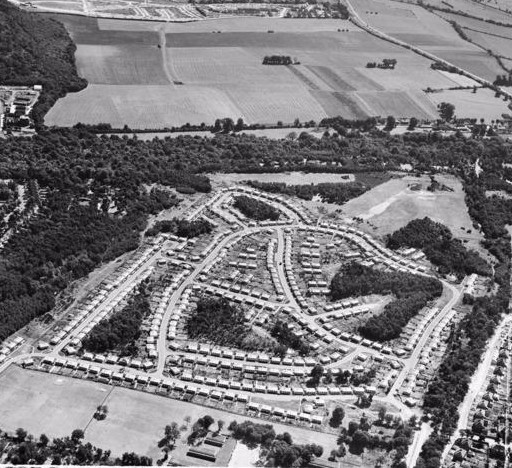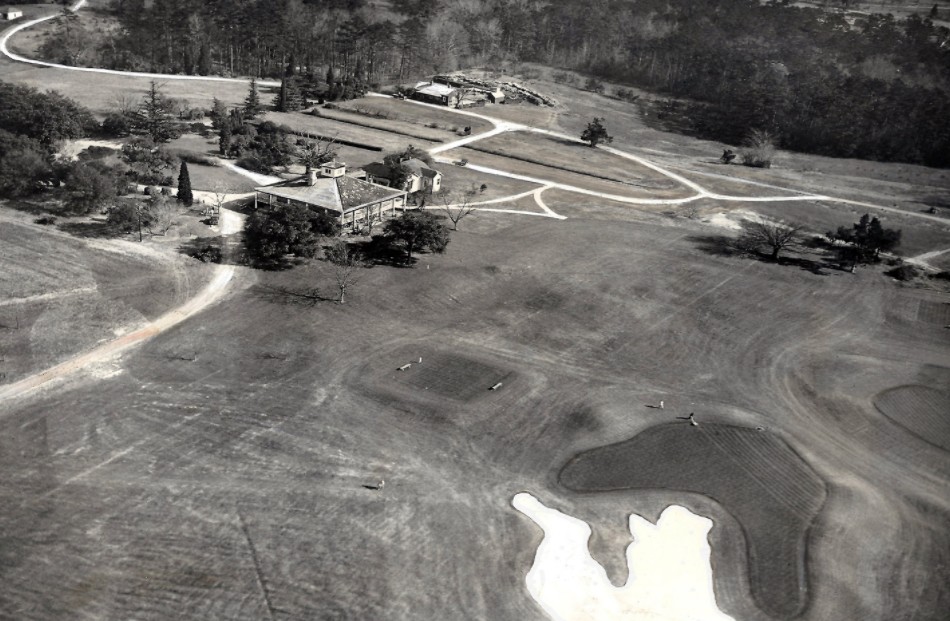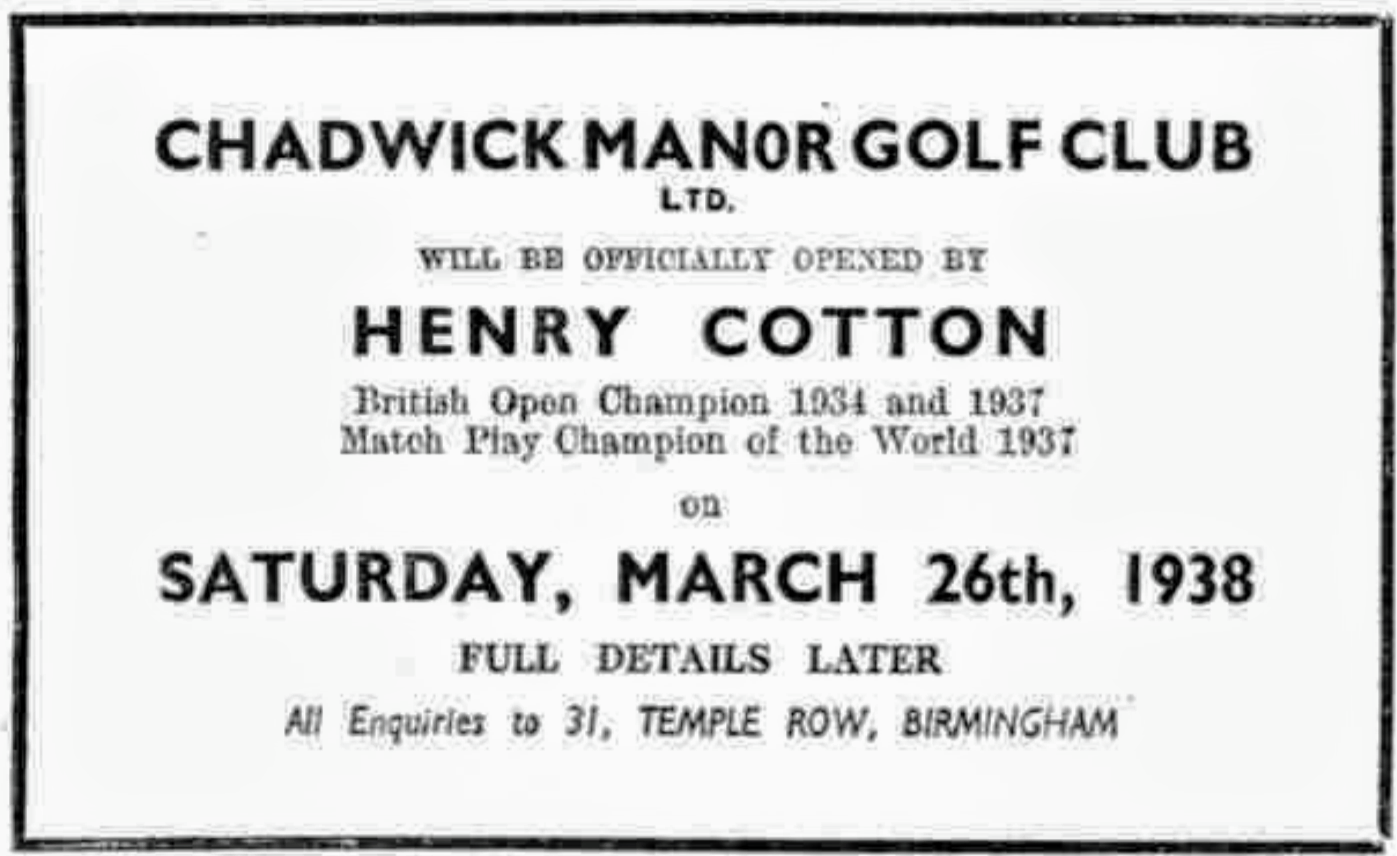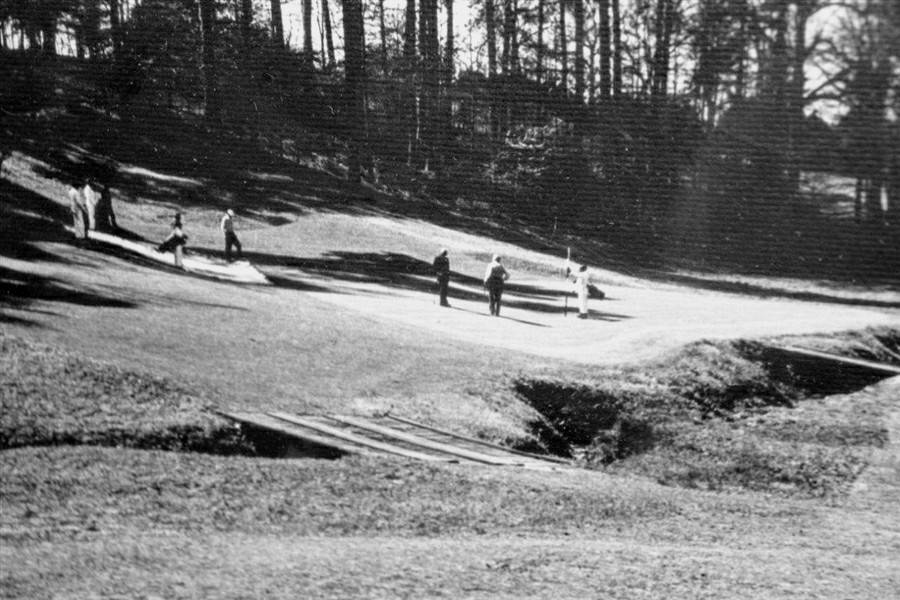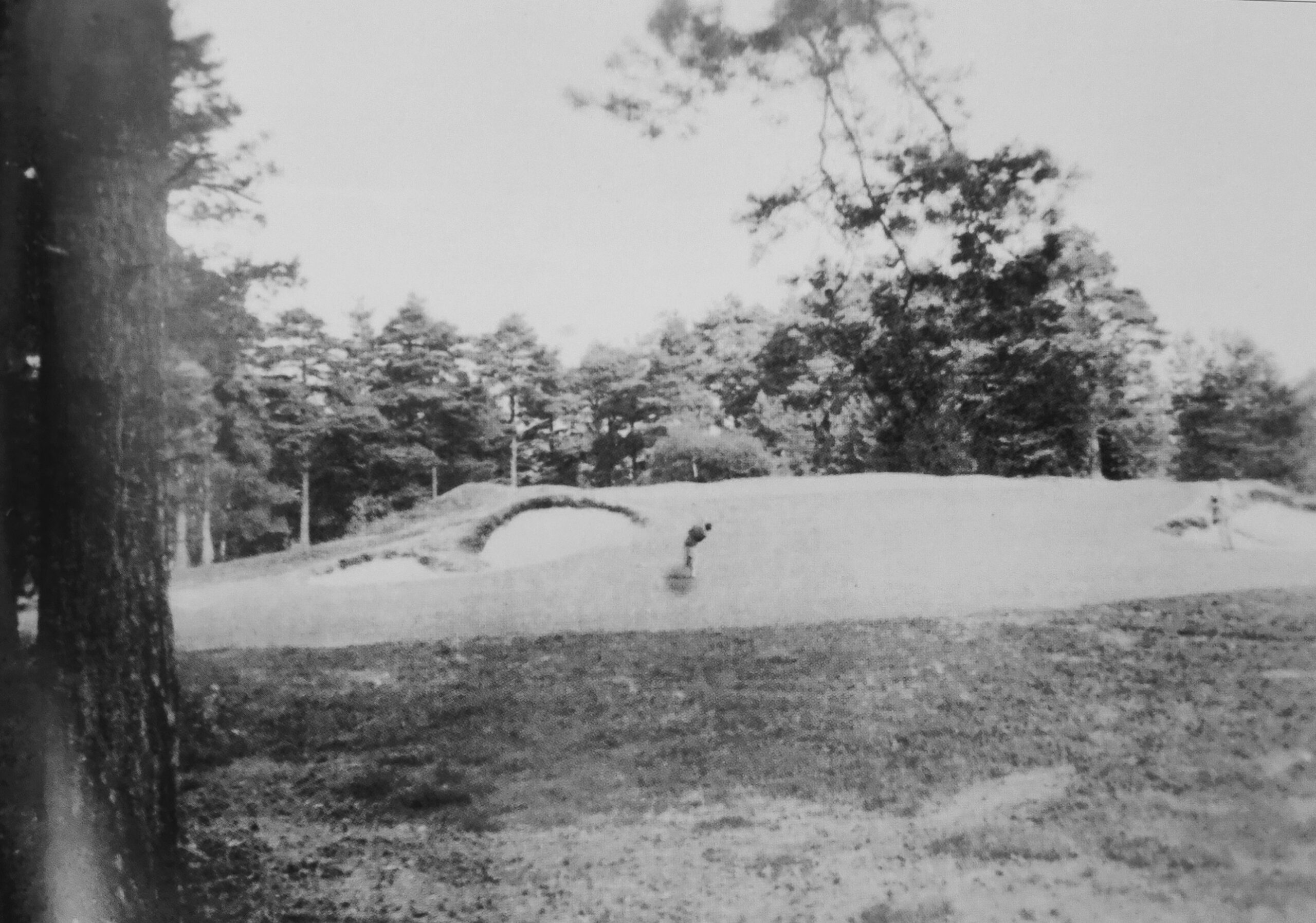
Simon Haines sat down with us to record this epic two-part Eclectic 18 special with us, chronicling some of the most interesting holes which ‘no longer exist’.
We are enormously grateful for the research and time taken to pull this together, especially these archive images which he has kindly shared with us for publication. The podcasts can be found on this page, and on all major podcasting platforms.
Simon Haines is a Midlands-man, a good friend of ours and one of the most respected golf course historians out there, who – over many many years now – has compiled an incredible library old course imagery. Without further ado, here is is Eclectic 18.
‘NLE’ Eclectic 18 – Holes that No longer Exist…
Table of Contents
Share This Story
1 – Prestwick – Par 5 – 578 yards
Host to the first-ever Open Championship in 1860, Prestwick began as a 12-hole course. Tom was fortunate enough to play here in 2023 for the 150th Open Championship, and the iconic first hole is anything but a friendly handshake. Our film from Prestwick’s 12 hole course restoration can be found here.
Young Tommy Morris holed out for a three in the opening round of the 1870 Open Championship at the tender age of 19, winning three Opens consecutively and claiming the Challenge Belt forever. This achievement led to the creation of the Claret Jug, first contested in 1872.
The playing corridors of this challenging opening hole remain today, and those familiar with Prestwick will recognize the sleeper-faced 16th green, which was the first green back in 1870.

2 – Headingley – Par 4 – 407 yards
Founded in 1892, Headingley Golf Club is the oldest club in Leeds. However, it is the work of Dr. Alister MacKenzie that warrants the second hole’s inclusion in this list.
The bunkering and contours around the greens are reminiscent of old images of Cypress Point, and while the hole remains today, its character is very different. We would love to travel back in time to see it in its original form.
3 – Royal St George’s – Par 4 – 267 yards
Not much has changed in the broad strokes of the routing at Royal St George’s, the product of Dr. William Laidlaw Purves, who first spied the linksland from a neighboring church in 1887. However, the third hole, known as ‘Sahara,’ used to play as a bogey four across broken ground further inland from its current location.
The wild expanse of native areas and exposed sand was common on links courses in those early days, making the third a heroic shot for the ‘tiger’ and a burly challenge for the ‘rabbit,’ who had to navigate through sand and marram to reach the greensite. Many sight lines off the tee were marked with two flags atop the dunes in those days, one for the scratch man, and one for the higher handicap player… aka ‘the rabbit’!
4 – Royal Cinque Ports – Par 3 – 145 yards
‘Sandy Parlour’s’ inclusion in this list might reflect a case of rose-tinted spectacles for the ancient blind par 3’s of yesteryear. The former head greenkeeper at Deal, James Bledge, confirmed that this hole was once mown as an experiment to see what it was like, and that the result was – perhaps – a little disappointing.
Nevertheless, this iconic blind par 3 was a favourite among local caddies, who would run ahead to spot their players’ balls. Players would often emerge over the dune to find their ball had miraculously made its way to the bottom of the cup, usually accompanied by a ‘great fat tip,’ as the club’s archivist, Paul Craven, put it.
Attached here is a beautiful sketch of the hole by Rowntree. While it might not be a hole you’d create today, Rowntree wasn’t in the business of depicting bad golf holes, so we can only assume its legendary status at Deal was well deserved.
5 – Copt Heath – Par 3 – 118 yards
This hole features a compelling personal story from Simon in the podcast. As Simon’s home club in Knowle – close to Solihull – it exemplifies how external factors—such as traffic and health and safety—can lead to the loss of iconic holes. Copt Heath is one of several Colt designs in the Midlands, and while the club still boasts a number of original greens, the fifth is now a thing of the past.
Colt certainly didn’t do bad par 3s, and this one looked terrific. However, its proximity to a busy road necessitated significant changes due to health and safety concerns, resulting in the green no longer existing.
The aerial image of this hole illustrates how short shots like this can still instill fear in players today. Personally, we wish there were more sub-120 yard challenges like this one.
6 – Hunstanton – Par 4 – 350 yards
No images here… just your imagination. We don’t think the current sixth looks too shabby though. Where today the sixth hole enjoys a severe plateau green, it used to play into a sumptuous punchbowl… or so Simon tells us!
7 – Royal Liverpool – Par 3 – 200 yards
The infamous ‘Dowie’ hole which used to be played back towards a collar of out of bounds on the side of the green and was almost universally detested by the professionals. The current 7th (open 9th) is still called Dowie to this day.
8 – The Addington (New) – Par 4 – 350 yards
The New course at The Addington was built following the fanfare that the original Abercromby course opened to in 1919. Sadly however, the advent of WWII meant the land was requisitioned by Croydon Town Council, and following the war the land was compulsory purchased for housing.
While Tom Simpson was the man who made this beautiful sketch, and Darwin furnished it with some wonderful notes, it was the work of JF Abercromby. Classic strategic architecture, with ultimate width and sparing use of hazards – something ‘Aber’ was known for – forcing the golfer to think about their second shot when teeing off.
9 – Augusta National – Par 4- 430 yards
This is a cracker from the early days of Augusta National when MacKenzie and Bobby Jones laid the course down on the old Fruitlands Nursery. While the course has changed substantially in its near-100 year history, this original boomerang green is a thing of the past, and is more than worthy of its inclusion.
Every April we enjoy the Masters and the ninth green we will all be familiar with for its slippery back to front contours. One can only imagine how much fun this would be…. Not that any of us would turn our noses up at playing the ninth as it is today!
10 – Sunningdale (New) – Par 3 – 160 yards
Originally played from a different angle, these images of another Colt par 3 on one of his many crowning achievements; The New at Sunningdale, showcases a beautiful natural aesthetic and also demonstrates the strategy that was there before the teeing ground was moved further across to the right in its current location, preventing the higher handicapper from running the ball onto the green.
In the words of Simon Haines, ‘you just want to jump into that photo and play it’.
11 – Hangar Hill – Par 4 – 430 yards
Ok, so this one is completely bonkers. Not much photographic evidence of the wacky Victorian design work exists, but these images from Hangar Hill in Ealing.
You can read more about this on the wonderful blog site – golf’s missing links.
12 – Chadwick Manor – Par 4 – 365 yards
This was one of Colt’s last courses, a private development as part of a lavish hotel that was on site, near Solihull. Sadly, 1938 couldn’t have been a worse time for the hotel industry and the club and course never really got going, meaning this par 4 on the border of the property will never be seen again. For years since however the land was used as a turf nursery so the playing lines of the holes and some of the green pads are still visible if you’re in the market for creeping round a lost Colt course.
13 – Sunningdale (Old) – Par 4 – 270 yards
While Willie Park Jnr is credited with designing The Old Course at Sunningdale, the truth about the history and evolution of golf courses is often more nuanced. The 13th hole serves as a brilliant case in point.
Although Park laid out the course, Harry Colt – as the club’s first secretary – spent 13 years working there and refining it into what is now recognised as one of the finest examples of inland golf in the world. The 13th hole—currently a drop-shot par three with a green that always feels impossible to hold—was once played from further right on the lower land near the 12th green. With a square, rudimentary greensite beyond a blind shot over the bluff, it is completely unrecognisable compared to what we see today.
14 – Royal Birkdale – Par 3 – 202 yards
A blueprint for how to incorporate exceptional linksland into the landscape of a golf hole. Would love to see this still there today, albeit the image looks like it was certainly taken at golden hour with the way the dunes are illuminated.
15 – Lido – Par 4 – 404 yards
This mythical golf course on Long Beach, Long Island was as much a masterclass in engineering as it was an innovative approach to architecture and bold design principles.
CB Macdonald and Seth Raynor sought to do something different here with the inclusion of design submissions from around the world. Sadly however Tom Simpson withdrew his design submission – recognising the conflict of interest with his partner Herbert Fowler on the judging panel – however the design was still reviewed and the hole was put to use. Dr Alister MacKenzie – keen to develop his brand outside of the UK – won the competition and his artwork for a par 5 details a seemingly endless options from green to tee.
16 – Augusta National – Par 3 – 145 yards
This is the only hole where Simon has broken the rule of the Eclectic 18 and we’re prepared to give him a pass. Two holes from one course is not allowed, but this is a worthy exception.
In its early years, Augusta National’s 16th hole was played on the opposite side of Rae’s Creek. Over time, that creek would resemble more of a lake; however, the images below show how the hole used to be played. In the original programme for The Masters, MacKenzie included some notes on the holes and in there he cited Stoke Park as the inspiration for the 16th.
We especially love the contouring on the back left here, reminiscent of some of the slopes and bowls that Zac Blair and Kye Goalby utilised at The Tree Farm, just a few miles down the road. I’m not sure how playable the top left parts of the green would be today when stimping at 14 every April, but this is a gorgeous short par three where the patrons now sit out each year watching shots played in a different direction across the pond.
17 – Swinley Forest – Par 3 – 180 yards
Controversial take here. Has it become muted over the years, and is this a crime against Colt’s ‘least bad course’? Listen to the pod for more….
What do you think?
18 – Wentworth – Par 4- 300 yards
This one comes with a plea for help. If you’ve made it this far, Simon would desperately like to know more about this ‘New Course’ at Wentworth. Almost certainly the product of Colt and Morrison, the 18th green here features a green in the shape of the British Isles with a fairly friendly pin out near Stoke on Trent.
You wouldn’t want to play this with a pin sat in Truro or Penzance!
Almost nothing is known of this course, what it was, how long it lasted or what it looked like which seems extraordinary. Brilliant sharp flash faced bunkering looks to be propping this green up, and if the other 8 or 17 holes were anything similar then its loss feels like a crime against Golf Course Architecture.
A huge thank you to Simon for all of his efforts in compiling this for us. It takes a lot of hard work to bring this content to you, so be sure to give him a follow on @hainesy76
His Scorecard










